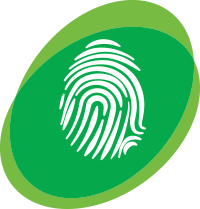The theme of the 2018 Georgia State University Law Review symposium is the Future of Forensic Science Reform. In this Article, I will assess the prospects for reform through a critical evaluation of a document published in February 2018 by the United States Department of Justice (DOJ), the Approved Uniform Language for Testimony and Reports for the Forensic Latent Print Discipline (ULTR).
I argue that this document provides reason to be concerned about the prospects of forensic science reform. In Part I, I discuss the background of the ULTR. In Part II, I undertake a critical evaluation of the ULTR. In the Conclusion, I discuss why the importance of the ULTR extends beyond merely one document and one discipline to implicate the future of forensic science reform more generally.

